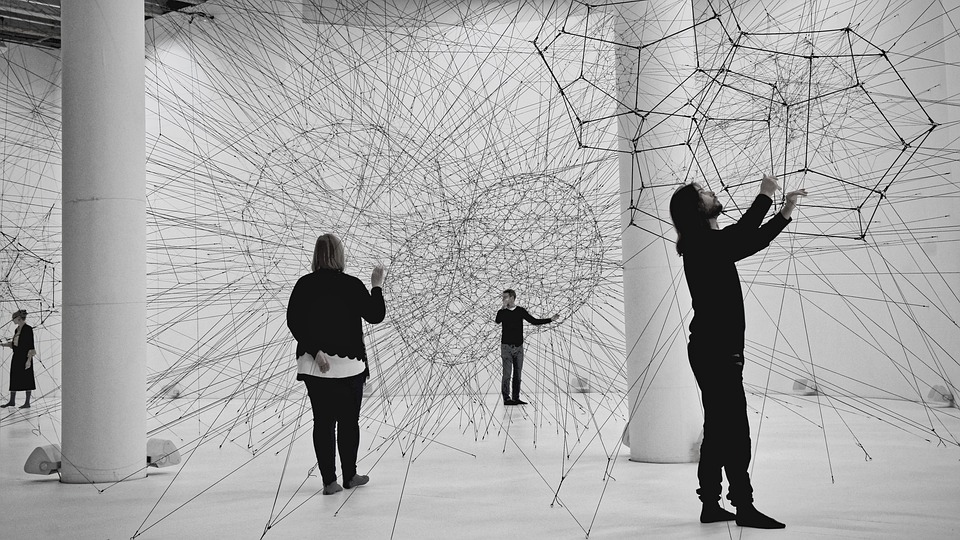The Art of Flexibility in Creative Processes
In the dynamic world of creativity and innovation, one principle stands out: the importance of flexibility. Whether you’re working on a project, brainstorming new ideas, or collaborating with a team, being open to adjustments can be the key to success. Here, we delve into the significance of this adaptability, offering insights on how you can embrace the mantra "Feel free to tweak any of these to better fit your vision!"
Understanding the Foundation of Flexibility
At its core, flexibility in creative processes means being willing to change your plans, ideas, or designs based on feedback, new insights, or changing circumstances. This adaptability allows for continuous improvement, leading to outcomes that may have been unforeseen at the outset. In essence, it transforms rigid frameworks into dynamic paths that can navigate the unpredictable landscapes of creativity.
The Benefits of Embracing Flexibility
-
Enhanced Creativity: When you allow yourself to tweak and modify your ideas, you open the door to fresh perspectives and concepts. This iterative process encourages brainstorming and collaboration, leading to innovative solutions that might stem from an initial idea.
-
Improved Team Dynamics: In collaboration, flexibility fosters a more inclusive environment where all team members feel valued. Encouraging suggestions and modifications can significantly enhance morale and engagement, resulting in a proud collective ownership of the project.
-
Better Problem-Solving: Challenges are inevitable in any creative endeavor. Being flexible enables you to pivot when you encounter obstacles, allowing you to explore alternative routes that may lead to even more effective outcomes.
- Alignment with Goals: As projects evolve, so can the vision or objectives. Flexibility lets you realign your work with your ultimate goals, ensuring that the end result resonates with your original intent.
Practical Strategies for Cultivating Flexibility
-
Seek Feedback: Embrace constructive criticism from peers and stakeholders. Regularly solicit their thoughts on your ideas and be open to making changes based on their input.
-
Iterative Processes: Adopt an iterative approach, where you continuously refine and improve your work. This can be achieved through cycles of drafting, receiving feedback, and making adjustments.
-
Mind Mapping: Utilize mind maps to visualize ideas and their connections. This tool encourages exploration and the freedom to branch out from original concepts.
-
Design Thinking: Engage in design thinking methodologies, which prioritize empathy, ideation, prototype development, and testing. This encourages a mindset suited for modification and enhancement.
- Stay Informed: Keep up with industry trends and emerging ideas. Being informed can inspire you to tweak your projects to be more relevant or innovative.
Examples of Flexibility in Action
Consider the world of software development, where Agile methodologies emphasize flexibility. Teams work in sprints, regularly adjusting their strategies based on user feedback and shifting market demands. This iterative approach leads to products that better meet user needs, representing a clear example of successful adaptation.
In the realm of graphic design, artists often welcome the input of clients and collaborators. Initial designs undergo multiple revisions, resulting in a final product that may look radically different from the original concept but far better aligns with the client’s vision.
Conclusion
Embracing flexibility in your creative processes is not just advisable; it’s essential. By acknowledging the need to tweak and modify, you open yourself to a world of possibilities. Whether you’re an individual creator or part of a collaborative team, adopting this mindset will enhance your outcomes and satisfaction with the creative process. So, as you embark on your next project, remember: feel free to tweak any of these to better fit your vision! The journey of creativity is as important as the destination, and flexibility can make all the difference.



